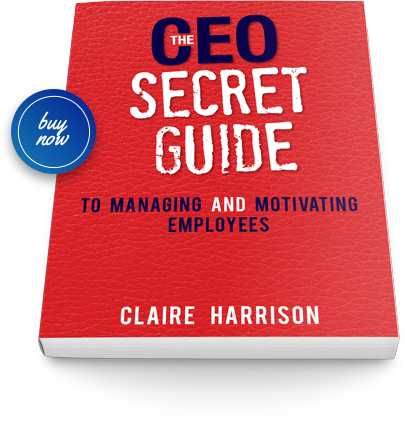Maybe, part of your business new year resolution is to address the ongoing poor performance of an employee that is causing damage to your business, low morale, and headaches for you!
When deciding on the best way to tackle the challenge of poor employee performance, it is helpful to map out a clear process to ensure fairness for the employee and any other involved people.
Below are the seven steps of a robust disciplinary process.
1. Fact Finding
When an employee is performing below expectations, gathering objective evidence that explains your concerns (namely, that the employee’s performance is below acceptable levels and therefore must improve) is relatively straightforward. If, for instance, a salesperson is underperforming, you’ll need to prove that targets were set, that they were communicated to the employee, and that performance has fallen short of the mark.
When it is an attitude issue or a subtler behavioural issue, gathering evidence can be less straightforward. The more objectively you can frame evidence of this kind, the better. You need to focus on the behaviour and not the person.
2. Notice
Notify the employee that there will be a meeting, during which their performance and/or conduct will be discussed. It is also wise for you to inform them that you will have a witness present. Documenting each step of the process is a must.
3. Concerns
At the meeting you should explain your concerns supported with facts of poor performance. To be fair to the employee and to help them learn and grow from the experience, make your allegation as specific as possible.
4. Response
After you have provided details of your concerns, you must allow the employee an opportunity to present their side of the story. No matter how convinced you are, it is important that you listen to and document the employee’s response. If there are multiple concerns, go through them one at a time, explaining the concern and allowing the employee to respond to each of them in turn. Ensure you document responses.
5. Consider
You must genuinely consider the employee’s responses before deciding on a course of action. You should also consider any other relevant information you have gathered in the process, including policies, witnesses, procedures, position descriptions, legislation, and employment contracts. It’s at this point that you might want to talk to your HR consultant or solicitor about your available options.
6. Outcome
Notify the employee of the outcome of the disciplinary process. This should also be documented and copied to the employee’s file. The outcome will probably fit into one of the following:
- No action (allegation unfounded or unproven)
- Counselling session
- Further training
- Performance improvement plan
- Written warning
- Demotion
- Dismissal
7. Monitor
Discipline will be ineffective if you don’t follow up disciplinary action with monitoring. Schedule a follow-up meeting approximately one month after the disciplinary meeting (timeframes will change depending on the specifics of the situation). Monitor the employee’s progress between the two meetings and, during the follow-up meeting, discuss and assess their performance.
For many business owners, there will always be a need to manage poor performance; however, best employer companies do this dramatically less because they create a great workplace that sets expectations, they inspire their people, provide ongoing feedback, and they foster a culture of high performance and employee engagement.
First published on the HerBusiness website.
Claire Harrison is the Founder and Managing Director of Harrisons, a flourishing HR consulting business that sprouted in 2009 from Claire’s passionate belief that inspiring leaders and superstar employees are the key success factor to any business. With over 20 years’ experience, Claire has worked as a HR Director of multi-national organisations, as a Non-Executive Board Director, and a small business owner. Claire’s corporate career includes working with companies such as BHP, Westpac, Fonterra and Mayne Nickless.





